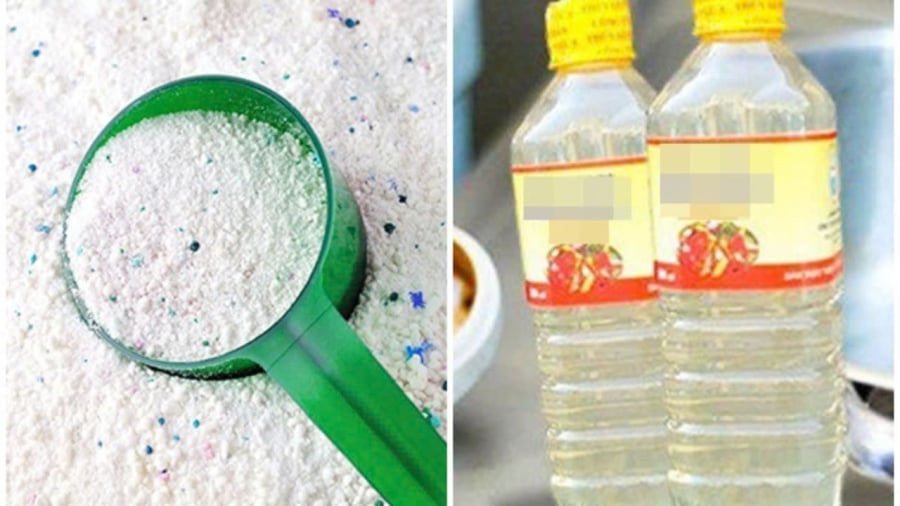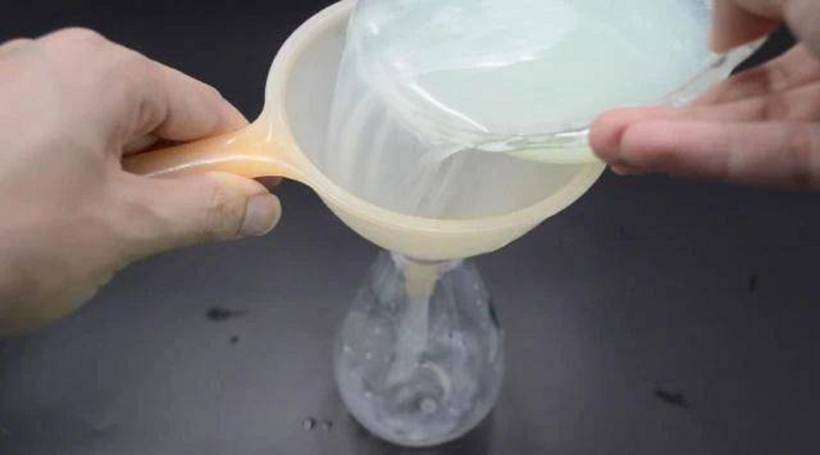Natural, non-toxic cleaning solutions are all the rage these days, and white vinegar combined with soap has emerged as a “multipurpose weapon” for homemakers. This dynamic duo not only cleans effectively but also helps save costs and protect your family’s health.
The Power of White Vinegar and Soap
White vinegar is an easily accessible ingredient, commonly found in most household kitchens. Its main component is acetic acid, a mild acid with powerful properties:
- Disinfectant and sterilizer: Eliminates mold, bacteria, and odors from high-contact surfaces like countertops, stoves, and bathrooms.
- Descaling and polishing: Removes stubborn water stains and limescale, restoring shine to tiles, faucets, glass, and more.
- Odor neutralizer: Effectively removes food and musty odors, keeping living spaces fresh.
Soap (or dish soap/laundry detergent), on the other hand, contains surfactants that:
- Break down and lift grease: Easily dissolve stubborn grease and grime.
- Create a barrier: Form a protective layer to prevent dirt and grease from resettling on surfaces.
When combined, vinegar softens and breaks down stubborn stains, while soap washes away the grime and grease, making cleaning a breeze.

What Can the Vinegar and Soap Mixture Clean?
The versatility of this mixture is impressive. Here’s a list of areas and items in your home that can be effectively cleaned with a simple spray bottle of vinegar and soap solution:
1. Kitchen
- Stovetops, ovens, and microwaves: Remove grease and food residue, leaving them sparkling clean.
- Sinks and countertops: Eliminate odors and stubborn grime.
- Microwaves: Get rid of burned-on food residue.
- Kitchen floors: Effectively clean tile grout and remove grease stains.
2. Refrigerator
- Walls and shelves: Remove spills and stains, eliminating bacteria and odors.
- Odor control: Keep the interior fresh and odor-free.
3. Bathroom
- Showers and sinks: Descale and remove soap scum, leaving fixtures sparkling.
- Mirrors: Streak-free cleaning for a clear, shiny surface.
- Toilets and tubs: Sanitize and deodorize, keeping them germ-free.
- Walls and floors: Prevent mold and mildew growth.
4. Other Areas
- Floors: Suitable for tile and engineered wood floors, removing dirt and scuff marks.
- Furniture: Clean untreated wood surfaces and furniture covered in dust.
- Windows and glass doors: Restore shine and clarity.
- Laundry: Gently remove surface stains from clothing (always patch test first).
How to Make the White Vinegar and Soap Mixture

Depending on the type of soap you use, here are three simple recipes:
Using dish soap:
- Mix equal parts vinegar and dish soap (1:1 ratio).
- Stir gently and pour into a spray bottle. Avoid shaking to prevent excessive foaming.
Using bar soap:
- Grate the bar soap and dissolve it in hot water.
- Once cooled, add vinegar at a ratio of 3 parts soap mixture to 1 part vinegar.
Using powdered soap:
- Mix 1 part soap powder with 2 parts vinegar.
- Add warm water, stir, and strain the mixture before pouring it into a spray bottle.
Directions for use:
- Spray the mixture onto the surface you want to clean.
- Let it sit for 2-5 minutes to allow the ingredients to work their magic.
- Wipe clean with a soft cloth or sponge.
- Rinse with water if needed, then dry the surface.
Important Precautions
- Avoid using on marble, natural stone, or untreated wood surfaces as the acidity of vinegar may cause damage.
- Never mix with chlorine bleach; this combination produces toxic fumes which are hazardous to your health.
- Wear gloves when cleaning for extended periods to protect your skin from dryness and irritation.
In conclusion, white vinegar and soap are a dynamic duo for natural, effective, and affordable cleaning. Give it a try to keep your living space fresh, clean, and chemical-free!

































